There was a real irony in the recent intervention by the Federal Reserve System to provide the money that enabled the firm of JPMorgan Chase to buy Bear Stearns before it went bankrupt. The point was to try to prevent a domino effect of panic in the financial markets that could lead to a downturn in the economy.
The irony is that it was almost exactly a hundred years ago -- 1907, to be exact -- that the original J.P. Morgan arranged a bailout of a troubled financial institution for the same purpose of preventing a panic that could end up with the whole economy declining.
The difference is that J.P. Morgan and his fellow bankers used their own money, while the Federal Reserve System used their power to create money.
What that means is that the value of your money and my money -- all Federal Reserve Notes -- goes down when more Federal Reserve Notes are issued to subsidize the purchase of Bear Stearns by JPMorgan Chase.
It wasn't really a bailout because the stockholders of Bear Stearns lost their shirts. But the firm of JPMorgan Chase got money from the government to seal the deal.
In other words, we all paid to keep Bear Stearns out of bankruptcy, whether we all realize it or not. Whether that was better than the alternative is a separate question -- and one whose answer may never be known.
But the big difference between this year's rescue to stabilize the financial markets and that 101 years ago is that this year's government rescue leads to demands that still more rescues -- including real bailouts -- should be extended to homeowners and others.
Back in 1907, nobody could demand that the original J.P. Morgan bail out more people with his own money. But whatever the government does sets a precedent and causes more special interests to demand that they get the same treatment.
Recommended
There is another irony in this situation. There was no Federal Reserve System in 1907. That is why Wall Street bankers like J.P. Morgan had to do their own heavy lifting with their own money.
Somehow that did not sit right with the Progressives of that era who, like today's liberals, seemed to think that things should not be left to the market when the government can step in and make everything right.
Such thinking led in 1914 to the creation of the Federal Reserve System.
Unlike other countries, the United States had gotten along for generations without a central government bank. But President Woodrow Wilson thought that the monetary system of the country was too important to let private bankers play such a large role as J.P. Morgan had played in 1907.
Describing the Federal Reserve System created during his administration, Woodrow Wilson said: "It provides a currency which expands as it is needed and contracts when it is not needed."
The power to expand and contract the currency was "put into the hands of a public board of disinterested officers of the Government itself."
Their task was to prevent financial panics, bank failures and a catastrophic contraction of demand. It sounded wonderful -- and such sounds count for a lot in politics.
In reality, however, the biggest financial panic in American history occurred under the Federal Reserve System in 1929, followed by thousands of bank failures and an unprecedented contraction of the money supply by one-third during the Great Depression of the 1930s.
There is no question that the people who run the Federal Reserve System today are a lot more knowledgeable about economics than those who ran it back in the days of the Great Depression. Indeed, the average student who has passed Economics 1 today is probably more knowledgeable than those who ran the Federal Reserve System back during the Great Depression.
Being a disinterested government official does not mean that you know what you are doing. That fact gets left out of the equation in a lot of proposals for new government programs.




















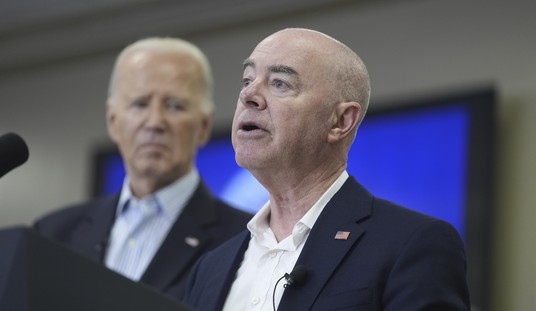
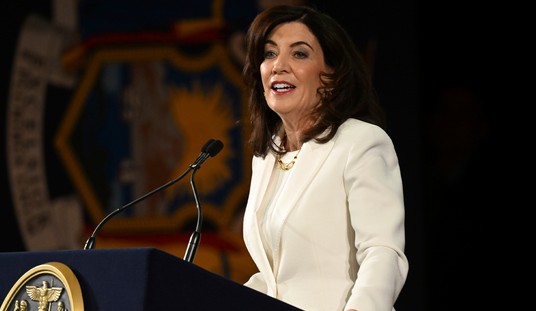
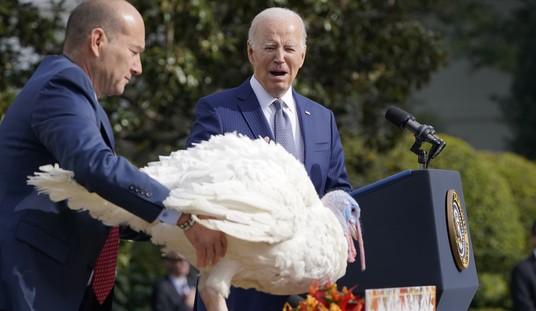
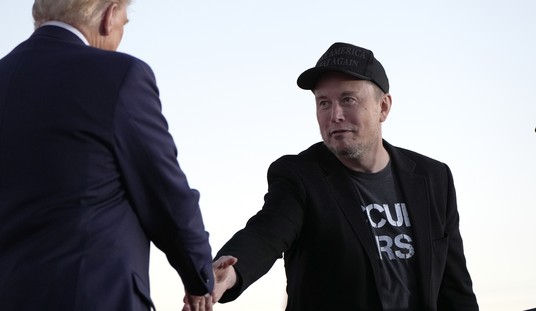
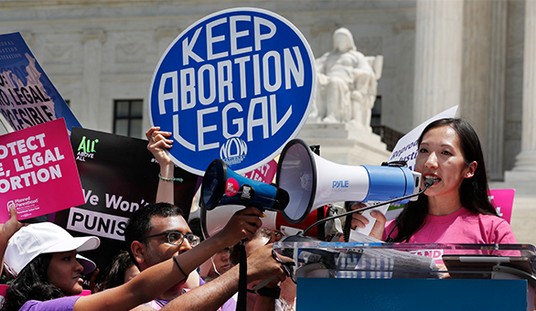
Join the conversation as a VIP Member